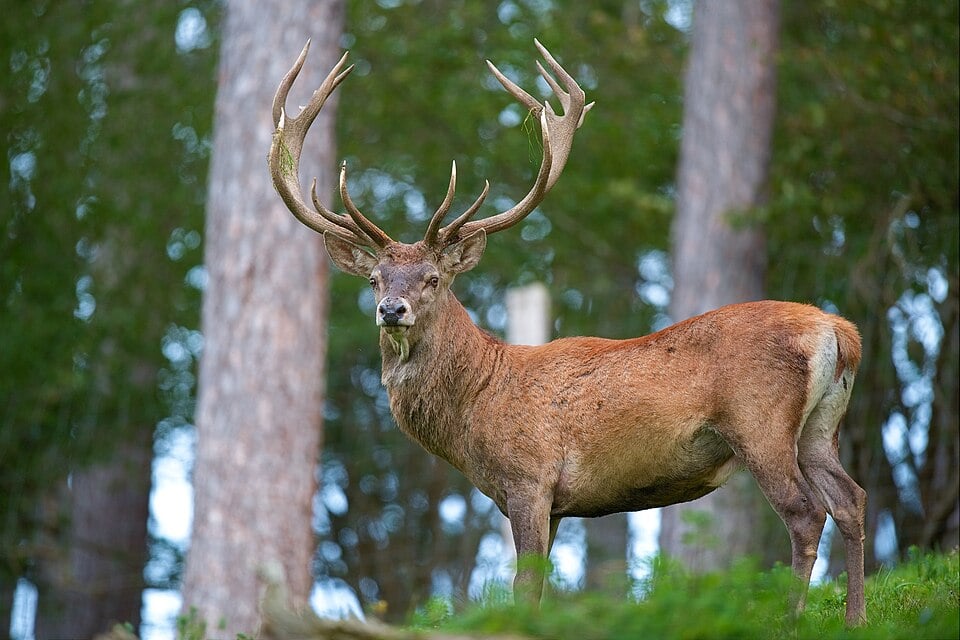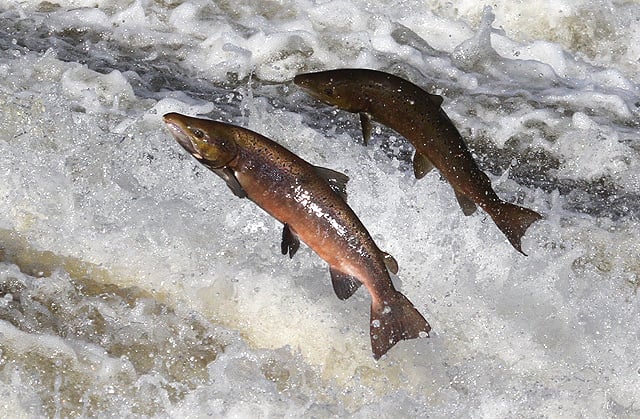Biodiversity (SQA National 5 Biology): Revision Note
Exam code: X807 75
Factors impacting biodiversity
Biodiversity and the distribution of organisms depend on a balance of biotic (living) and abiotic (non-living) factors
Biotic factors include competition, predation, disease, and food availability — changes in these can increase or decrease populations and affect biodiversity
Abiotic factors such as light intensity, temperature, pH, and moisture levels also influence distribution of organisms and how many species an area can support
Human activities like pollution, deforestation, and climate change can alter these factors, leading to a loss of biodiversity and changes in species distribution
High biodiversity occurs when environmental conditions and interactions between species remain balanced and stable
Examples of environmental factors and their affect on biodiversity
Biotic factor: grazing
In parts of the Scottish Highlands, large populations of red deer graze on young Scots pine shoots and on other low-growing plant species
New trees are kept short and the undergrowth remains thin, so the number of different habitats and food sources available to insects, birds and small mammals is limited
Where deer numbers are reduced or areas are fenced, young trees survive, the undergrowth thickens, and biodiversity increases

Lviatour, via Wikimedia Commons (opens in a new tab)
Abiotic factors: dissolved oxygen and temperature
Cool, fast-flowing streams contain more dissolved oxygen than warm, slow water
Oxygen-sensitive invertebrates such as stonefly larvae, and fish species, e.g. Atlantic salmon, thrive, resulting in high biodiversity
In warmer or slow-moving water, oxygen concentration drops and a few tolerant species dominate, reducing biodiversity

Walter Baxter, via Geograph (opens in a new tab)
Examples of environmental factors and their affect on species distribution
Biotic factor: introduced predators
American mink are small, semi-aquatic carnivores native to North America; they were introduced to Britain in the 1900s and many escaped or were released
Water voles—native rodents that dig burrows in the banks of slow-flowing streams—are highly vulnerable to predation by mink
Since the late 1900s, mink have significantly altered the distribution of water voles, reducing their range to a few safe areas
Where mink are controlled, voles can recolonise and spread from small refuges to long, connected river sections

Peter Trimming, via Wikimedia Commons (opens in a new tab)
Abiotic factors: tides and rocky shores
As you move from high tide to low tide, the time for which rocks are exposed to the air decreases
The upper shore (the highest zone reached by the tide) dries out and heats up the most, so it is dominated by organisms that cling tightly to rocks in order to preserve water, e.g. barnacles and limpets
The lower shore is submerged for the longest time, so suits seaweeds and animals that need constant water, e.g. kelp and anemones
This exposure gradient—from dry and hot to cool and wet—creates clear, horizontal bands of distribution along rocky coasts

Walter Baxter, via Geograph (opens in a new tab)

Unlock more, it's free!
Did this page help you?